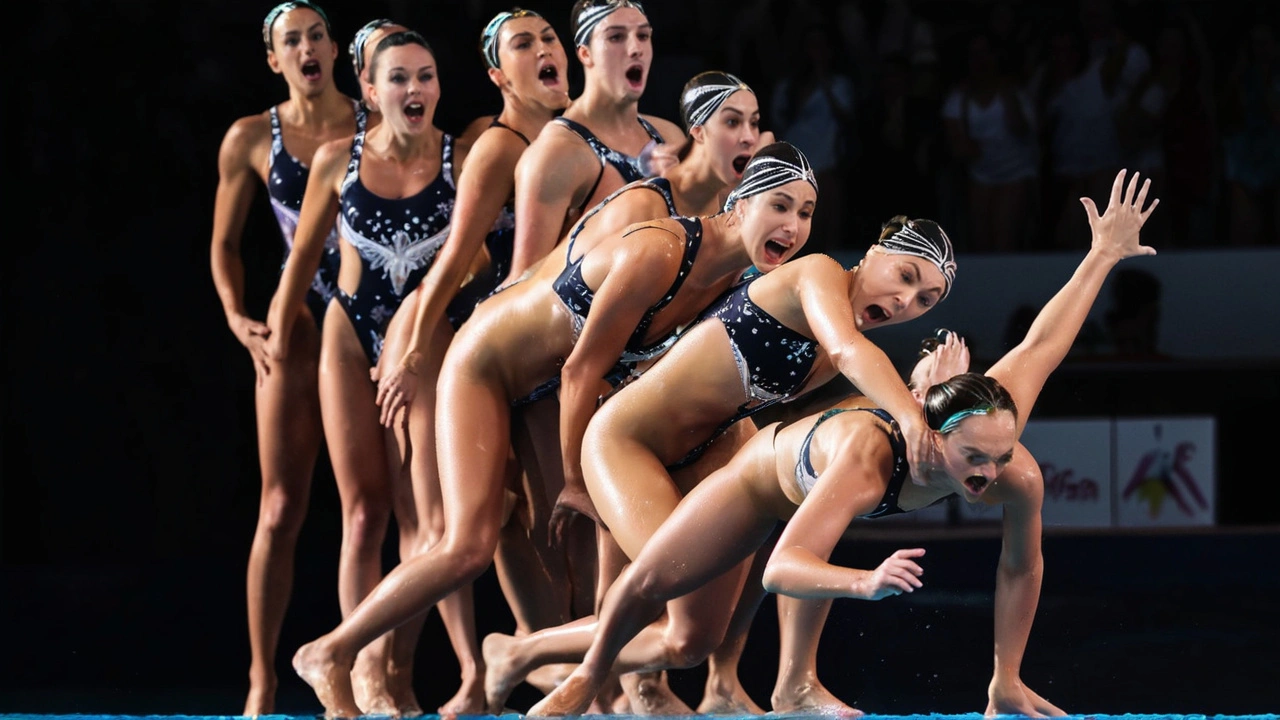Male Synchronized Swimmers: Changing the Game in Artistic Swimming
Synchronized swimming has long been seen as a female-dominated sport, but that's changing fast. Male synchronized swimmers are proving that grace, strength, and incredible teamwork don't belong to any one gender. They’re making huge waves as they push for more inclusion and recognition in the sport worldwide.
Artistic swimming demands a mix of endurance, flexibility, and timing. Men bring their own unique style and power, enriching routines with dynamic lifts and innovative choreography. This fresh energy helps break stereotypes about who should compete in synchronized swimming.
Challenges Faced by Male Synchronized Swimmers
Despite progress, male synchronized swimmers still face hurdles. Historically, many competitions restricted participation to women, limiting opportunities for men. In some countries, support and coaching for male swimmers remain scarce, making it tough to train and compete at top levels.
This lack of visibility also affects funding and sponsorship. Without enough exposure, male athletes often struggle to find resources, which slows their growth in the sport. Advocates are pushing for equal access and mixed-gender events to help level the playing field.
Success Stories and Growing Popularity
Thankfully, change is happening. Leading up to the Olympics and major international meets, male teams are gaining recognition. World championships now feature mixed duet events where men and women swim together, dazzling audiences with complex lifts and synchronized moves.
Countries like Spain, Italy, and the United States have showcased talented male swimmers who inspire newcomers. Their success opens doors for younger athletes and encourages greater diversity in clubs and competitions worldwide.
Are you curious about how these athletes train or what makes their performances stand out? Male synchronized swimmers combine the discipline of swimming, dance, and gymnastics—all underwater and without touching the pool floor. It’s an impressive blend of art and athleticism.
In short, male synchronized swimmers are changing the way we think about this unique sport, proving it’s not about gender but skill, passion, and teamwork. Their rise highlights the importance of inclusion and fresh perspectives in sports everywhere.

The Heartbreaking Journey of Male Synchronized Swimmers: Bill May's Legacy
Bill May's journey as a male synchronized swimmer began in the late 1980s. Despite his innovative techniques and impressive skills, he faced discrimination and skepticism. Although the rules allowing men to compete at the Olympic level changed in 2022, May did not make the final roster for Paris 2024. He remains hopeful, inspiring future generations and advocating for the sport's inclusivity.
